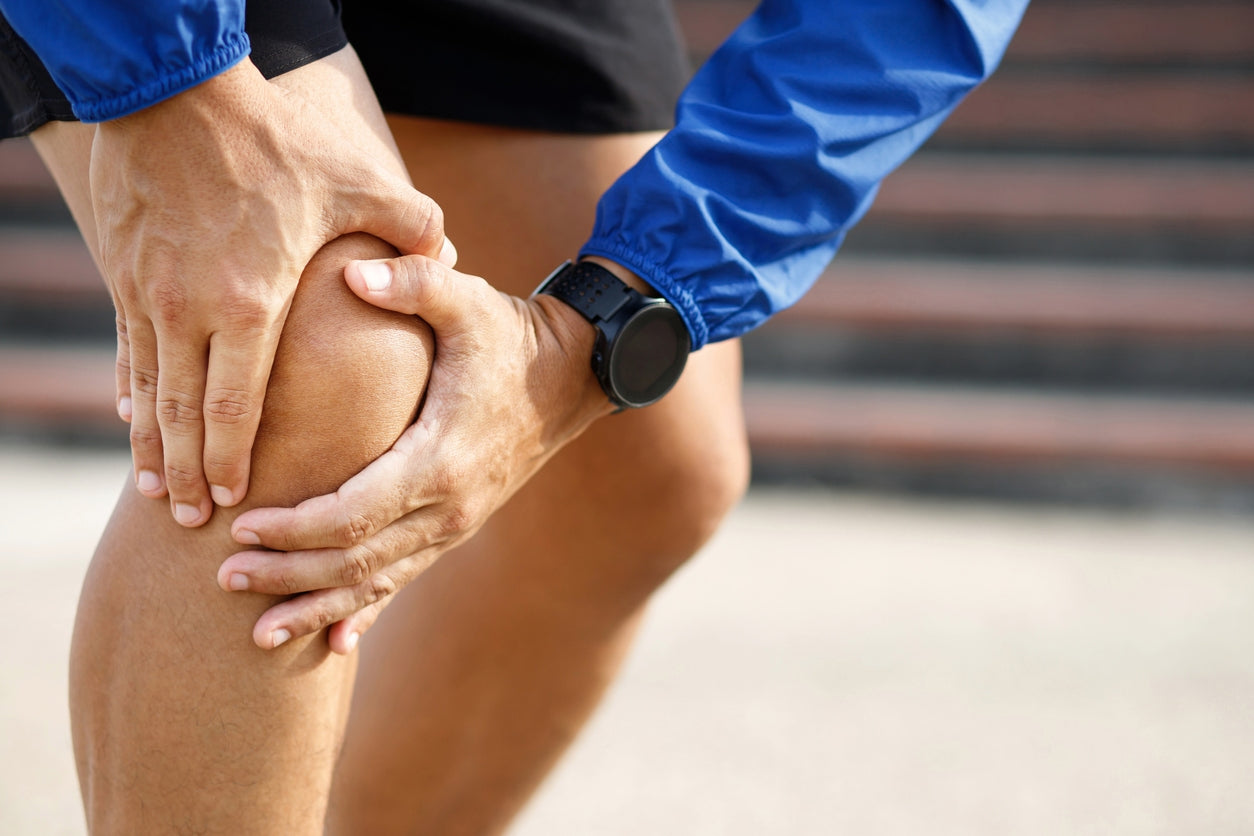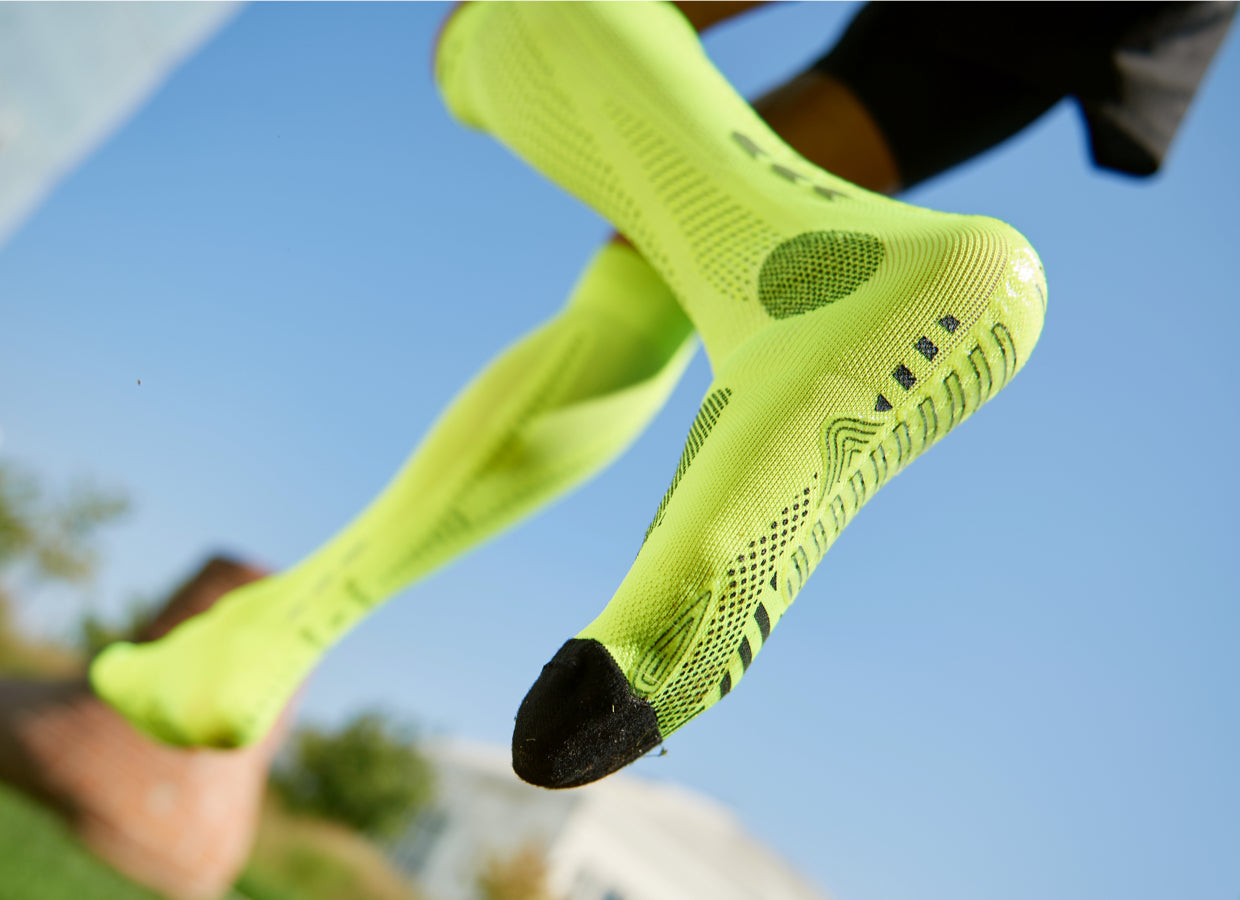Muscle injuries are common for those engaged in physical activity and must be treated appropriately. Generally, for those who participate in sports, muscles must be constantly exercised to avoid injury or loss of tone. In case of injury, however, strict rest is often indicated, which, however, leads to loss of muscle mass.
Muscle strength training after injury is essential both to stabilize joints and to regain fitness because, after prolonged immobilization, muscles lose strength. Therefore, it is important to follow a targeted rehabilitation process for fast muscle recovery.
After how much muscle mass is lost
The system that produces force and speed is called the neuromuscular system. It is composed of the nervous system (or neural system) and the muscular part (or myogenic system). The muscle fibers in turn are made up of thin filaments called myofibrils, which in turn contain the functional unit of the muscle: the sarcomere.
Loss of muscle mass usually occurs after a short time: two weeks without training is enough to cause a significant drop in muscle mass.
How to recover lost muscle mass
What happens after an injury can be divided into two phases. The first is characterized by inflammation to which immobility is linked and consequently muscle hypotrophy, loss of strength and function. The second phase is when the athlete gradually restarts a course of muscle mass recovery; this is the time when muscle mass and muscle strength are replenished.
If the sports injury occurs at the muscular level, recovery time for muscle mass is generally shortened compared to injuries involving the skeletal system. This type of injury takes the form of strains and tears that can be localized to the hamstring, quadriceps, calf, adductors, and erector spinae muscles.
Recovery of atrophied muscles generally requires two or three days of rest, during which the muscle must be immobilized. Physical therapy sessions may be helpful to resume movement and reduce pain. In addition, it is recommended to be followed by a personal trainer to do exercises to regain muscle mass. After about a week, you will generally reduce the lack of strength during training and be able to partially resume movement, but resuming sports activity is not recommended.
If it is a muscle tear, you are likely to be able to begin sports practice after about two weeks. In the case of a strain, however, you need to wait one to two months.
How to recover muscle tone in the legs
In the event that you suffer a loss of muscle tone in your legs, you can perform various exercises including:
- Squats. They help increase hip flexibility; thus increasing the strength of the quadriceps and flexor muscles.
- Hip exercises. For leg muscle rehabilitation, it is essential to strengthen the hip and thigh flexors.
- Lunges. They help strengthen the quads and hips and give good stability.
How to regain muscle mass in the legs
If there is a loss of muscle mass in the legs, the most important exercise to increase it is the squat, a fundamental movement because it serves to work both the legs and buttocks in a coordinated and intense manner.
In addition, specific clothing can be worn for recovery:
- FLOKY's RE-CHARGE stocking, provides ameliorative and regenerative support of biomechanical functions related to tendons and muscles of the foot and leg, allowing activation of venous return.
- FLOKY's first ACTIVATOR biomechanical short is designed with graduated, differentiated compression combined with functional screen-printed applications that reduce vibration and activate muscles.
Recovery of calf muscle tone
If you have had an injury in the calf area, you should do some dedicated exercises to boost muscle tone:
- Stretching. Stretching is used to stretch muscles and facilitate the recovery phase of muscle strength.
- Exercises on a bicycle. An excellent exercise to strengthen the calf is to practice the exercise bike, starting with a simple twisting motion at mild resistance and then gradually increasing the effort.
- Step exercises. Stepping on and off the step is an ideal movement for strengthening the calf, proceeding with progressively higher steps and progressively more accelerated movements.
What to take for muscle recovery
Whether after a fatigue or after a period of rest, the muscles need essential nutrients and minerals to ensure tightness and energy; we can help ourselves, for this, by taking supplements aimed at sports recovery.
In addition, proper hydration should be maintained, which, combined with a healthy diet, can speed up the recovery phase and also prevent muscle fatigue.




